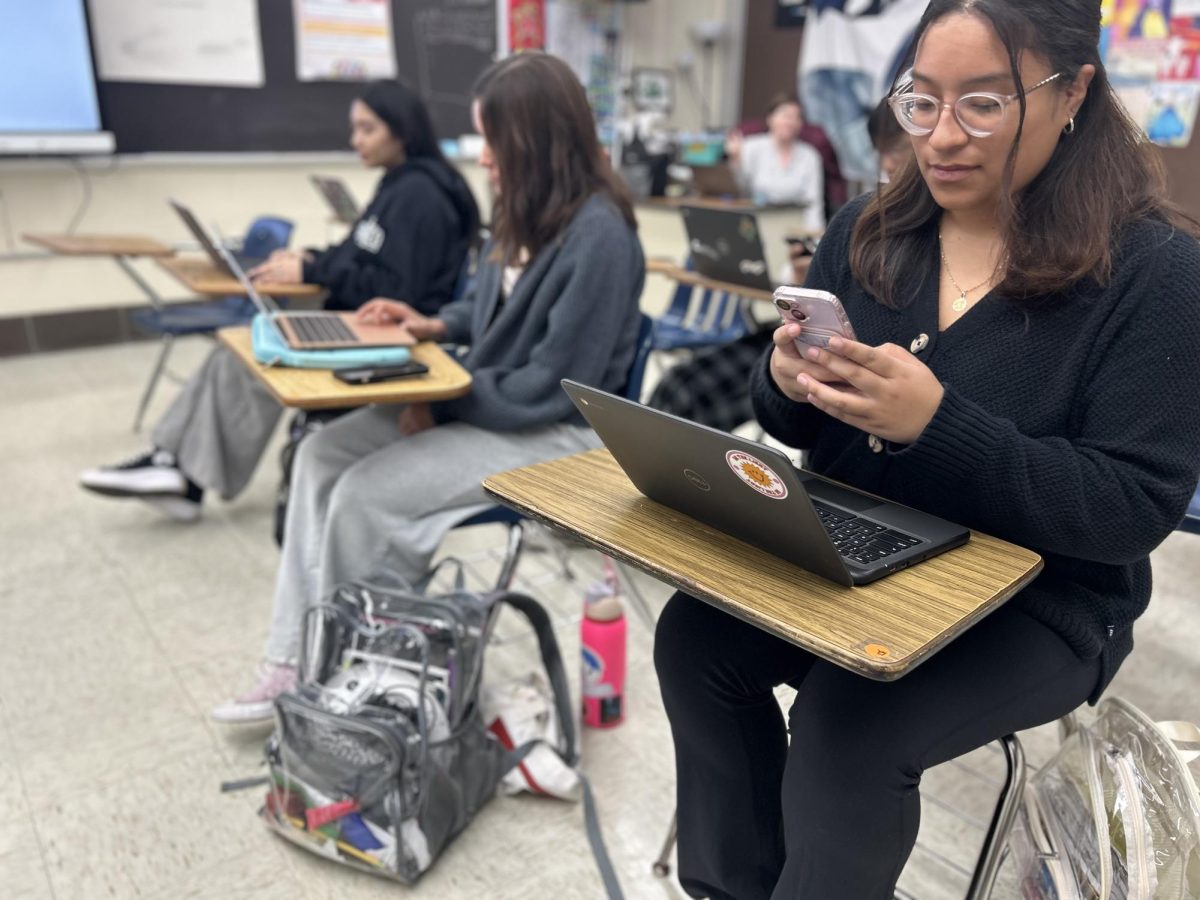Since 2020, teachers have noticed how cell phones have dramatically become part of students’ daily lives, affecting their education. Several states and counties have adopted the ban on phones at school as a method of getting students focused and less distracted during school hours.
Cell phone bans aren’t new; they have actually been around for years. Research from KFF shows that in 2009, about 91% of public schools didn’t allow phone use during the school day. That percentage soon dropped to 66% in 2015 and then rose to 76% in 2021.
Although reasons for the ban do involve teachers noticing that students get distracted by the variety of social media platforms on their phones, other reasons include the other activities students engage in on their devices during the school day. Many of those activities consist of bullying, videos of physical assault being shared, etc. Causing many distractions and unwanted chaos in school environments. Teachers perceive phones as an obstacle and believe social media is the biggest responsible for influencing teens to check their phones very often in class.
Last year, Florida became the first state to address this issue, emerging with the idea “to require all its public schools to ban students from using their phones during class,” says Fox Baltimore. States such as Indiana, Louisiana, South Carolina, and California have also active laws that ban and restrict phones during school. In Maryland, Anne Arundel County and Baltimore County Public Schools have started to adopt the restriction of cell phones as well.
Kimberly Estrada, a junior at Reservoir High School in Howard County shares the policies her school has adopted. Estrada mentions her school has prohibited cell phones during class time, but not during school hours. Though “there’s always a few students that don’t follow the rules,” the protocol has helped “students listen more to the teacher and pay more attention,” she says. Estrada admits taking her phone out to check the time and watch some videos on social media. However, she comments that she agrees with the ban on cell phones from schools but thinks “there should be like a break time, where students should be allowed to look at their phones.”
The biggest difference between students who don’t use their phones is that they “are often engaged, completing their work with the fullest potential, and often do better when grades are posted.” While those students who do use it “are oftentimes asking questions several times, ” with many of them facing low grades and missing assignments because they focus too much on their phones during class “when there is no instructions, a lot of downtime, or if the lesson is too long,” shares art teacher, Mr. Holmes. Further explaining and sharing information on how students will use their devices whenever they can, Mr. Holmes supports the idea of cell phone bans to “a certain extent.”
As students, we believe phones can be a distraction sometimes, but it all depends on how much we allow phones and social media to influence our lives, education, and future. Though the cell phone ban can face much opposition from students and some parents, it is a step in the right direction for student’s learning.




